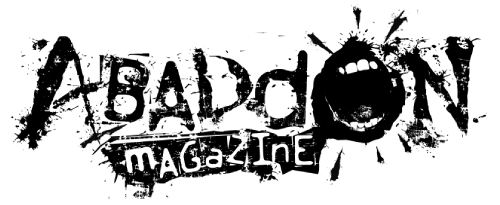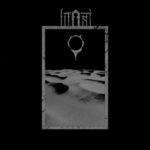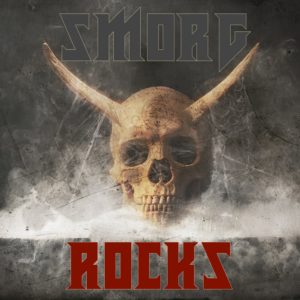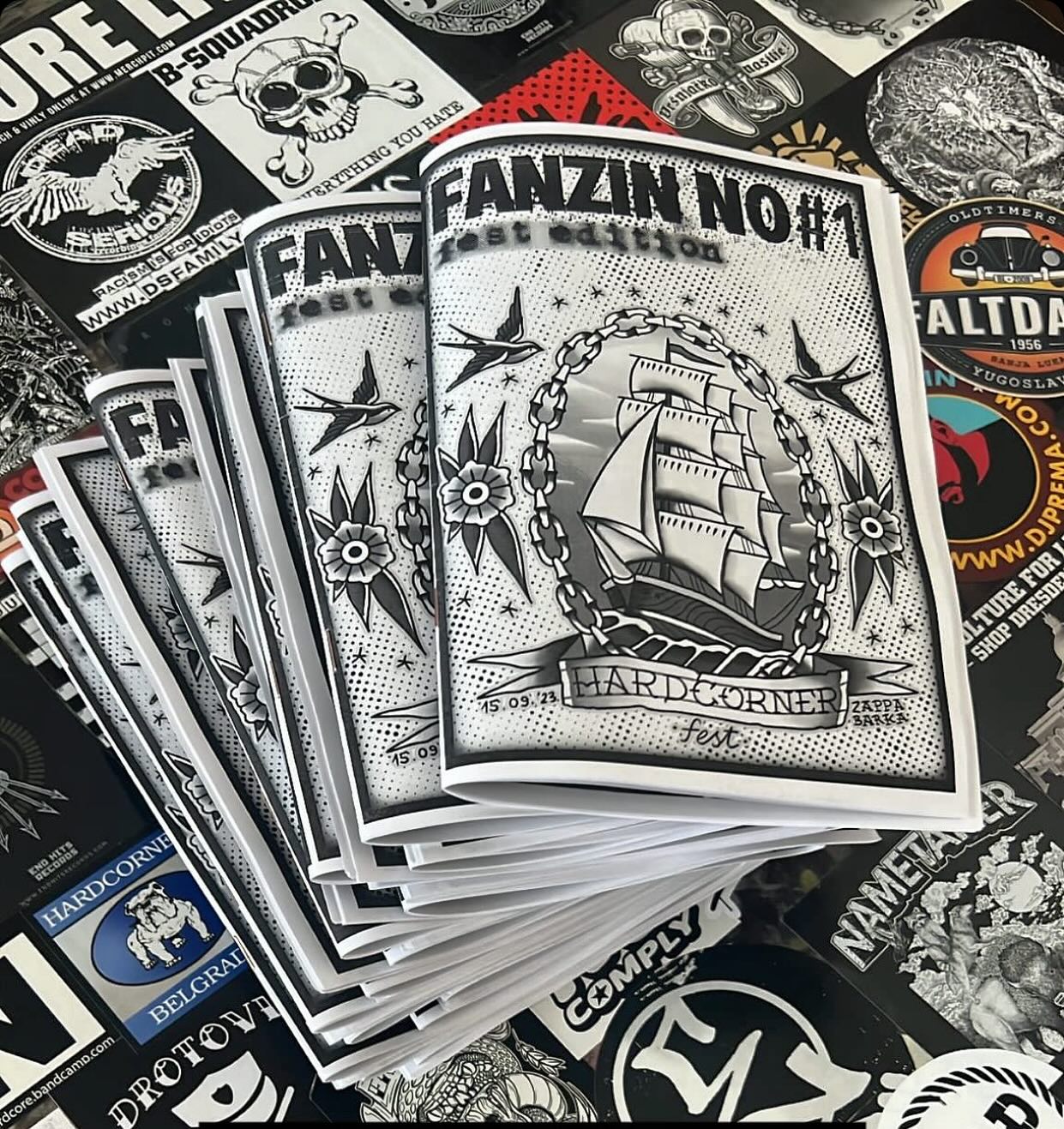It’s like fifteen years or more since I sent that initial e-mail to Xerión, having heard them on a split release with legendary Macedonians Maras. Fifteen years in the making, this interview summarizes what this band means to me personally and what it should mean to the underground scene, both locally in the mighty fine region of Galiza, Spain, and much wider among the forbearers of real pagan or folk black metal worldwide. Ladies and gentlemen, I give you Xerión!!!
Xerión is over twenty years old. How does that make you feel? When you started off, what were your expectations with the band and have you accomplished them? By the way, please explain to our readers the meaning of the word Xerión and what does it represent to you personally.
Greetings from Galician lands Milosh! And thanks a lot for this interview and all your support all these years.
Well, that makes me feel old, he, he, he. But very proud of all things we did and experiences we had with XERIÓN and, above all, of to have met some fantastic people in the underground scene.
The only thing I thought when I started was to compose, play and record music, regardless of whether it could achieve a greater or lesser impact, and, well, 22 years after I am continuing doing the same, so, it’s great!
XERIÓN is the name Ancient Galician people knew the God of the Dead, a giant who tended his flocks through the mountains. When I started this project I found it in a book of Galician myths and ancient history and I fell in love with its meaning and sound, raw but melancholic at the same time.
Xerión plays Galizian extreme metal. Can you explain it to the readers? What is Galizian extreme metal and are there other bands you can recommend playing the same style?
Metal Galaico Extremo is a personal mix of 90’s Nordic Black Metal (SATYRICON, DARKTHRONE, EMPEROR, ENSLAVED, ANCIENT…) and traditional and folk Galician music (ARCO DA VELLA, MILLADOIRO…), with some Thrash or Ambient influences.
But I don’t call it a defined and closed style, because as I wrote is my own mix. Of course, here are other bands that, from my point of view, could be defined in a similar way, like MILETH, DIOIVO or LÓSTREGOS, but if you listen to them carefully, they have their own influences and a very defined style, which is fantastic and enriching for the dark scene of this piece of Earth
Can you present the lyrical background of Xerión to the readers? What is Galizian folklore? What are some of the traditions of your homeland? Can you summarize the backstory of Galiza in general? Imagine yourself a travel agent and invite possible travellers to come and visit your homeland.
XERIÓN is a tribute to everything that Galiza represents for me. In all these years I have addressed historical, mythological, cultural aspects, ancestral traditions… passed through a personal approach and over which the shadow of Death, the ultimate and definitive destiny, always lurks. It could even be said that Galiza is an excuse to talk about Death, or that Death is an excuse to talk about Galiza.
One of the aspects that have always attracted me the most to our traditions is that taste for the night, for the dark, for the hidden and mysterious. I still longingly remember the cold nights in the “lareira” (traditional kitchen of Galician homes: a fire in the middle and benches around it, with a central exhaust for smoke) with my grandparents listening to stories of wolves, witches, processions of the deads…
The feeling of “saudade”, being aware of your own finiteness as a living being, is something deeply rooted in these lands, and something I keep writing and composing about… it can become obsessive… but I need it.
Galiza is the northwestern region of the Iberian Peninsula, whose borders have been changing throughout history, but despite certain imperialisms that continue to treat us as a colony, it continues to maintain a certain differentiating identity, not only linguistically, but also cultural and social. As a more or less independent entity, it already appears defined at the end of the Roman Empire (although archaeology contributes certain peculiarities of its own already present in previous periods), with the appearance of the Suevian Kingdom (first half of the 5th century), which would gradually change and transform during the Middle Ages until reaching its almost total invisibility during the Modern Age (Dark Centuries) and “awakening” from the mid-nineteenth century.
It would be difficult for me in a few words to act as an agent traveller… There is a lot to see for a single visit, so the ideal would be to know in advance what preferences the future traveller has, and establish their possible route: mountains, sea, most well-known monuments and accessible together with others more hidden and forgotten, a singular gastronomy… Well, you know what I’m talking about…
Can you perhaps recommend further reading about Galiza to those interested? There must be books published and possibly translated to English about your local history, tradition, mythology…
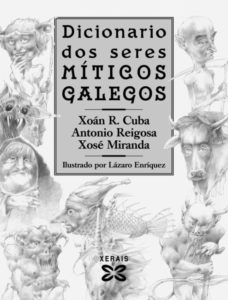 The list would be endless, so I prefer to provide some reference links to sites that I usually consult frequently, as well as the book without which the name XERIÓN might not have arisen for this project…
The list would be endless, so I prefer to provide some reference links to sites that I usually consult frequently, as well as the book without which the name XERIÓN might not have arisen for this project…
Dicionario dos seres míticos galegos, by Antonio Reigosa, Xosé Miranda and Xoán Ramiro Cuba.
http://www.cantigasdesantamaria.com/
https://cantigas.fcsh.unl.pt/index.asp
https://galiciaencantada.com/
https://historiadegalicia.gal/
What made you decide to sing in your native language? Just so the readers are clear, it’s not Spanish, but actual Galizian language. How often is it used in your own town, as opposed to Spanish? Is it a regular thing to hear it in Ourense and its surrounding?
Galician is my mother tongue, so it is undoubtedly the best option to express my deepest feelings.
Like Castellano (“Spanish”), French or Italian, it is a language derived from Latin, whose origins go back to the Middle Ages. At present it is spoken in this region of the northwest of the Iberian Peninsula.
Although in its beginnings it was used by all social classes (we can remember our rich medieval lyrical tradition, with a good legacy of cantigas and even preserved scores), during the Modern Age (the so-called “Dark Centuries”) its use was relegated to the common people, especially in rural settings.
It was from the second half of the 19th century when its use as an educated language began to recover, a process that with its comings and goings still continues today. Currently, it is still more common to hear this language in rural environments, its use being very minor (and even non-existent) in cities.
Did you ever think that by using English language you could reach a wider audience, or even present your local traditions to the people across the world? Was it ever an idea behind Xerión to present Galizia, as a region worth visiting, throughout the extreme metal world?
I never thought in terms of getting a bigger audience with XERIÓN, just as the most sincere and honest means of expressing me. And for this, mixing black metal with certain aspects of traditional music and singing in Galician were and still are almost an obligation. If with this someone feels the need to visit these lands and learn more about our history, mythology and traditions, great… but it’s not something I think about when working on the songs for this project.
Also on the subject of wider recognition, is there an intention behind limiting the amount of copies of your releases, especially the more recent ones? For instance, if a label was to offer an edition of a thousand copies, would you accept it? Is it your wish that Xerión remains deeply in the underground, or is it a matter of circumstance that your releases are sometimes limited to just thirty three copies?
There would be no problem if a label appears that wants to publish a good handful of copies. From time to time one of our jobs has that opportunity. But I don’t think it “takes” us out of the underground where we feel so comfortable being and working.
The fact that we limit some of our editions to so few copies has more to do with the fact that it is something special and significant that we want to share with a few people who, in most cases, have become a very close circle to this project.
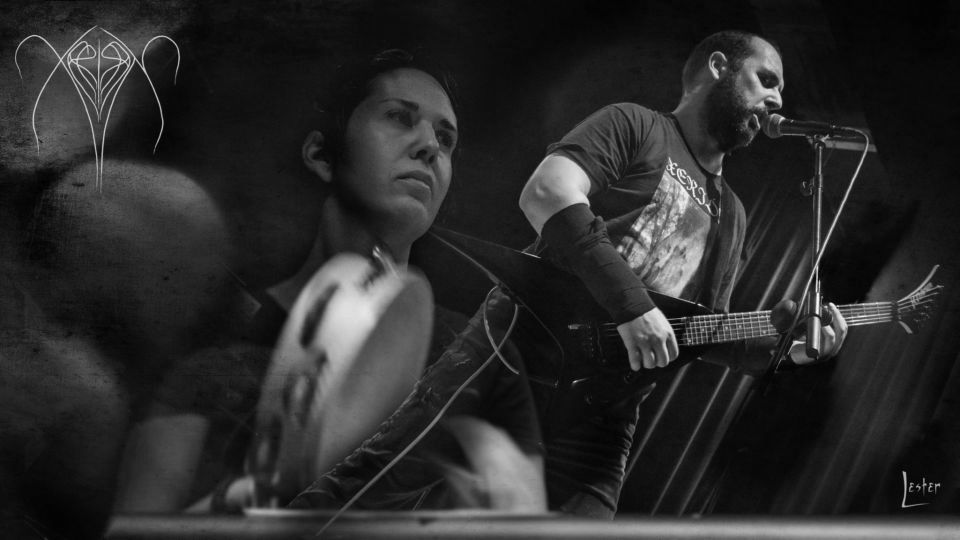 Speaking of thirty three copies, the main reason for this interview is the most recent Xerión release. The „Drou“ EP (the tape version and the digital one) is out. First of all, how do you feel about it? Is there still an excited feel towards the new release, after all these years and many releases already published?
Speaking of thirty three copies, the main reason for this interview is the most recent Xerión release. The „Drou“ EP (the tape version and the digital one) is out. First of all, how do you feel about it? Is there still an excited feel towards the new release, after all these years and many releases already published?
‘Drou’ is the third ‘Demo do Kaos’ with which we want to commemorate the 20 years of existence of XERIÓN. The concept behind these works is to recover the initial spirit of the project, with recordings made with little means and in few takes, and also with the presence of good friends from the underground scene (some of this sounds familiar to you, right?). (Rings a bell, yes, he, he, he)
Years go by and go by, and I still feel that special tingle every time we release something. It is an essential part of my existence, and as long as I continue to experience that need, I will continue to do so.
The EP once again shows that Xerión can surprise, even without you doing anything you haven’t done before. I’m talking about the opening track most of all, because it sounds like a traditional, folkloric tune one would usually use for an introduction to the material, but it’s not something you borrowed, right? Can you say something more about the title track? Where did the inspiration come from for that track in particular?
‘Drou’ was initially composed for the ninth Shadowlore Compilation that our good friend Canrith Knox from Hollow Myths makes. It is a collection of ambient music and dungeon synth compilations in which we had participated before.
At that time I was already immersed in the gestation of the “Demos do Kaos” and, well, ‘Drou’ was fantastic for closing the circle on the third of them. From it I traced the path to follow with the rest of the work.
The melody on which everything revolves has that melancholic and oniric air present in our folklore (especially in the alalás, although ‘Drou’ has a binary beat), and it came in handy for the reflective and existentialist nature of the story I wanted to tell, related to one of our favourite books: “The Icewind Dale” by R. A. Salvatore (drou is the Galician sound transformation of the original drow).
As you can see, I do not go exclusively to our tradition when choosing themes. After all, XERIÓN is the product of a large part of my vital experience, whatever it is and wherever it comes from.
“Drou” is not the only song where you experimented with different musical styles. You often use these neoclassical pieces for intros and outros. And you don’t use already created music by famous composers, which makes the two of you talented composers. Are there more tracks in that vein lying around? And do you perhaps plan on publishing music in styles that are not related to metal?
From the beginning this type of piece was present in the works of XERIÓN. I really enjoy working on its composition and in the search for new sounds, sometimes more folk, other times more towards old sounds of European erudite music.
During the pandemic, “Danças de agonia e peste” was published, a collection of seven pieces that tried to imitate the style of the compositions of Martím Códax, one of our medieval troubadours and whose seven cantigas de amigo are preserved in the ‘Vindel Parchment’. This work was recorded with replicas of medieval instruments (oud, citole, portative organ, psaltery, symphony and three-hole flute).
Perhaps in the future we will do something similar again, or perhaps we will gather in a compilation several of said compositions that were appearing with time in our editions.
On that note, how many different musical instruments can you play? Outside of the “metal” ones, of course. And can you describe at least some of them?
Well, it could be said that I can play any plucked string instrument, as long as I get to understand and practice its tuning beforehand. At home I have a Trossingen lyre (6 strings), cítola (medieval instrument with 2 double courses and one single), vihuela de péñola (same number of strings as the previous one but different tuning), oud (an Arab instrument par excellence, with five double courses and one single, tuned by fourths), Renaissance vihuela (five double courses and one single, in the shape of an 8), baroque guitar (four double courses and one single), theorbo (14 strings and double neck), psaltery (ten strings), symphony (medieval predecessor of the hurdy-gurdy) and, of course, a small collection of classical and electric guitars and a couple of electric bass-guitars.
I also have some skill with keyboard instruments, with the recorder and with some percussion.
Rest of the tracks on “Drou” continue on the same path Xerión is walking on for decades now. However, your music is no longer simple, raw black metal you started with. Can you agree with me when I say that you have grown out of the primordial crudeness, without actually leaving your roots behind? I mean, there’s still that feeling of “O Espírito da Fraga”, your debut demo recording, but there’s so much more to Xerión these days.
I think the base is still very clear, but it is true that over time the sound of XERIÓN has incorporated new forms, timbres and atmospheres, since not only the equipment with which we play and record has changed, but also our way of composing and playing.
I like to use as an image of our evolution as a spiral that, I couldn’t say, evolves or involutes, but always retraces its steps in a slightly different way.
I must return to the topic of lyrics. You don’t include English translations in the booklets of your releases and online translators can only get us so far. Can you describe the lyrics on “Drou”? The two songs that contain lyrics, of course.
As I mentioned before, the initial concept of ‘Drou’ alludes to the saga of the dark elves written by R. A. Salvatore, more specifically to the character of Drizzt Do’Urden. From there I was weaving those stories with elements of our tradition, such as the treasures buried in forts and mámoas, protected by mouras, giants or trasnos. From all this arose the duality between the two songs you mention, ‘Demos do Kaos’ (the dark, chaotic and destructive lack of hope…) and ‘Deusas da Noite’ (the bright, the utopian, the hope…), ending with the nihilistic atmospheres of ‘Aranheira’.
The words you use have already ended up in a book that accompanied one of your releases. Is there hope that maybe one day you will gather your lyrics into a bigger tome? Do you think of yourself as a poet?
Poet is a term that I respect too much to consider myself as such. I prefer to call myself a word-joiner which I usually surround with sounds.
I do try to give the texts the importance they deserve, taking care of the form and content, escaping as much as possible from certain clichés and commonplaces.
But to a certain extent it is the music that ends up predominating, so not if a compilation book of lyrics without a musical support would make much sense…
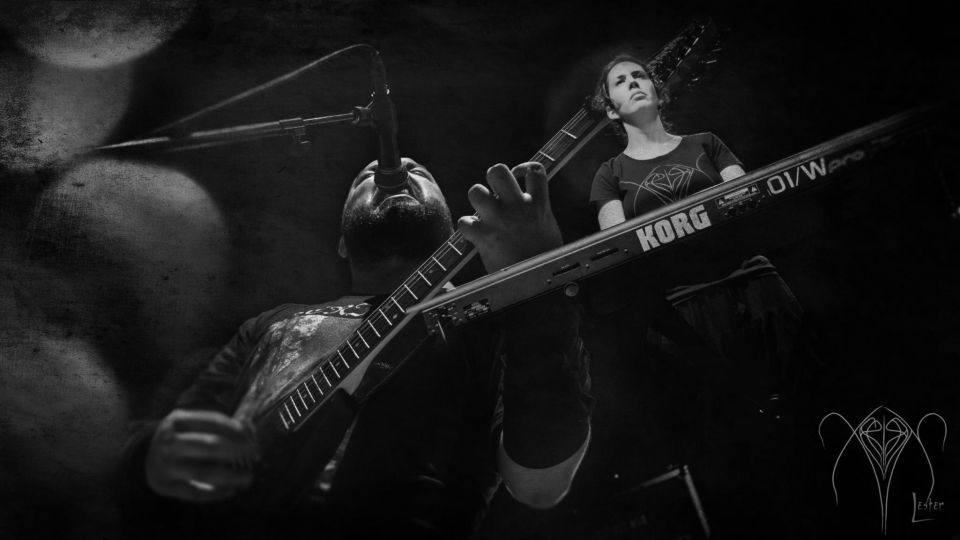 The “Drou” material will also be released as a split with Fata Inferna. Xerión is no stranger to split releases, so how do you choose bands to share a release with? Fata Inferna are basically your neighbours if I’m not wrong? I guess it was not difficult to agree everything with them, right?
The “Drou” material will also be released as a split with Fata Inferna. Xerión is no stranger to split releases, so how do you choose bands to share a release with? Fata Inferna are basically your neighbours if I’m not wrong? I guess it was not difficult to agree everything with them, right?
I think the split format perfectly defines our idea of underground. It is a luxury and an honour to have shared and continue to do so a good handful of editions with so many bands and projects, behind which there are people who, in many cases, continue to be part of our lives (some of this sounds familiar to you, right Milosh?) (Yup, still very familiar, he, he, he). The reasons have been almost as many as we have shared, but in the vast majority it has been admiration for the work of the other and sharing an edition as an act of brotherhood.
And in the case of FATA INFERNA it has not been different. It is fantastic that there is a project of these characteristics in such a small rural environment and with which we can face several projects in the imminent future…
What’s the best place in the world to listen to Xerión? The place where a person should take your music, and listen to it. Would you say it is the inside of somebody’s apartment (or somebody’s mind) or is it an outdoor position, somewhere in the neck of woods? Point to a location if you can and describe it.
It may sound pretentious on my part, but I believe in the evocative power of music, so just close your eyes, relax and let go. Anywhere should be the right place. I do not conceive of listening as a passive act, of mere consumption, but as an active action in which the listener also participates and is attentive, unravelling and understanding what they hear, and establishing connections with what they already know and with what they have yet to know…
You participate in a number of different bands, exploring other musical directions beside Xerión. So, is Xerión set in its way and the other bands are for you to express yourself differently, or do you see Xerión further expanding its sound in search of unconquered territories? Is there something regarding style of music you would like to try with Xerión in the future?
There are times that are more creative and others that are less, but I am constantly working with sounds and sooner or later things emerge. I don’t know if it’s good or bad… but it is, and I need to capture it somehow.
Some of them fit into the concept of XERIÓN, and others do not, which is why in these years I have formed, together with other people, other projects and entities, such as SORDIDA NOX, VRK, NNE or LUCIFERIAN PACT. This allows me to experiment with other processes and other ways of dealing with sound material, as well as collaborating and sharing time and experiences with other people. In addition, I also play the drums in TSUNA and I have been a bassist with FATA INFERNA, something that allows me to be active and learn other working methods, composition and ways of understanding extreme metal. And maybe my life will get even more complicated in the future with the appearance of new projects and collaboration.
And about something new to try with XERIÓN, who knows… if at the time I feel that way and the sound concept needs it that way, don’t hesitate!
Tell our readers about the record label you are running, called Nigra Mors. What are the main concept and goal, if they even exist, for the label? Who are the bands you release and what is it that connects them other than sharing the same label? What is necessary for a band to publish through Nigra Mors?
Daga and I started Nigra Mors in 2000 with the initial idea of releasing the first works of those new bands whose black art we liked enough to embark on such madness. We started editing works mainly on tape and CDr, and starting a humble job of distribution through exchanges with other entities of the world underground scene. That’s how we met you.
Later, some editions on CD and vinyl would arrive, although at present we continue to bet heavily on the tape format, even if it is with small print runs.
For a few years we have focused exclusively on editing the works of the Negro Círculo Minhoto or, at most, those in which Daga and I may be involved. As you can imagine our priorities have changed, but not our need to continue making extreme music, and keeping the label in this way allows us to continue having some control over our releases without the hassle of having to distribute or promote in the “most professional” possible way other bands. If before it was a small and humble activity, now it has also become almost familiar.
For the end, and to confirm to our readers that we are great friends, when are you coming back to Serbia? I have an old bottle of šljivovica just waiting for you, he, he, he.
We often remember our trip to Belgrade, our concert with KOLAC and how much you taught us about the city, its history, its gastronomy… and how good šljivovica was!
We really want to come back with more time, not so much for the possibility of playing with XERIÓN, but to see you again and see other places with you and the rest of the band.
Everything will go…
That would be all for this interview. Thank you for your time and the grand music you keep delivering. The last words are yours. Let the madness continue!
Thank you, Milosh, for this fantastic interview, for all your support all these years and for that friendship that grows and strengthens over time. Without a doubt, this is the best part of having started XERIÓN 22 years ago, having met people like you and bands like KOLAC… E que siga a tolémia!
Thank you also, reader, for your time reading these words, and to Abaddon Magazine for making room for us once again.
Vemo-nos no Inferno!
www.xeriongaliza.bandcamp.com
www.padlet.com/nigramors/negrocirculominhoto
https://www.facebook.com/xeriongaliza
[bandcamp width=100% height=120 album=556260280 size=large bgcol=ffffff linkcol=0687f5 tracklist=false artwork=small track=1199459067]
